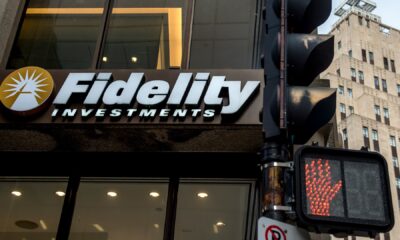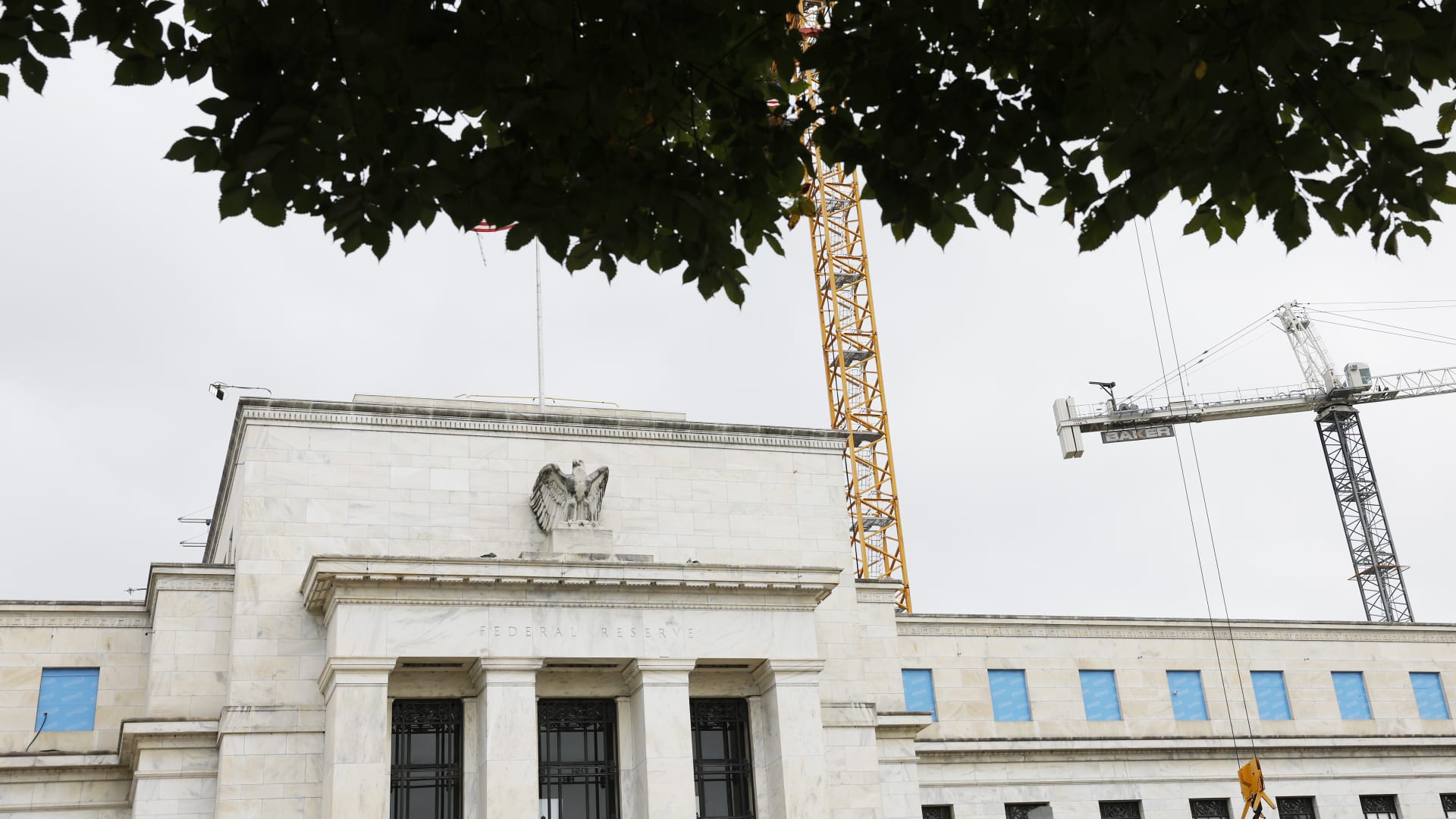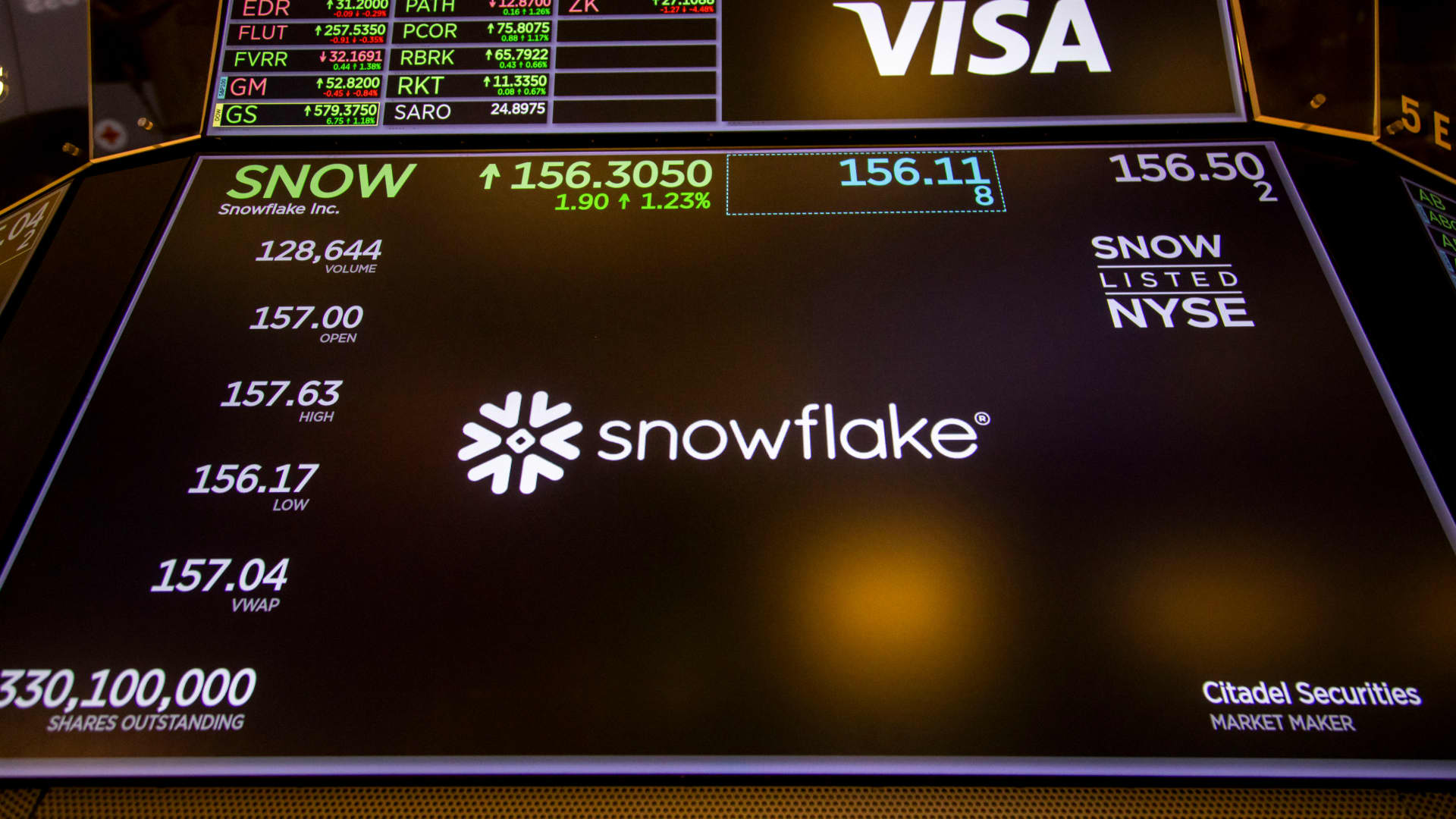As he exits his efforts to curtail wasteful government spending, Elon Musk took one last shot, calling into question the $2.5 billion Federal Reserve building renovation.
In a rare interview with print reporters, the initiator of the Department of Government Efficiency advisory board said the price tag for the central bank operation “sounds high.”
“I mean, what do you get for two and a half billion dollars in redecorating? Must be incredible,” the Tesla CEO said.
The Fed began the project in 2021 with an initial price tag of $1.9 billion. Since then, multiple factors have converged to drive up costs, including rising costs of materials, construction delays, changes in the design and site problems.
Among the goals for the renovation are dealing with a backlog of upgrades, meeting building codes and regulations, updating technology and addressing energy efficiency. Fed officials say the changes ultimately will save money by consolidating staff into one space, which will reduce leasing costs, “and provide a modern, efficient workspace for employees to conduct their work on behalf of the American people.”
Musk, though, said the cost overruns should be part of the broader examination over government waste. DOGE claims to have saved taxpayers $160 billion during its short operating life looking through the government’s books.
“Since, at the end of the day, this is all taxpayer money, I think … we should certainly look to see if indeed the Federal Reserve is spending two and a half billion dollars on their interior designer,” Musk said. “That’s an eyebrow raiser, you know? They’re like, can we see pictures of what you get for that?”
The Fed is not actually funded by taxpayers but rather by the interest the central banks earns on its securities as well as fees from banks it supervises. Members of the Fed Board of Governors are, however, paid through taxpayer money.
Normally, the money the Fed earns beyond its operating costs are paid back to the Treasury. However, the past two years the central bank has seen operating losses due to rising interest rates that it must pay on bank reserves.
As for the renovation, documents filed with the National Capital Planning Commission note that, “While there have been regular modifications and renovations to the building over its 80-year history, many of the building systems are at the end of their useful life, and the building no longer fully serves the Board’s needs.”
Fed officials did not immediately respond to a request for comment.

 Economics1 week ago
Economics1 week ago
 Economics1 week ago
Economics1 week ago
 Personal Finance1 week ago
Personal Finance1 week ago
 Economics6 days ago
Economics6 days ago
 Personal Finance1 week ago
Personal Finance1 week ago
 Economics1 week ago
Economics1 week ago
 Economics5 days ago
Economics5 days ago
 Personal Finance1 week ago
Personal Finance1 week ago









